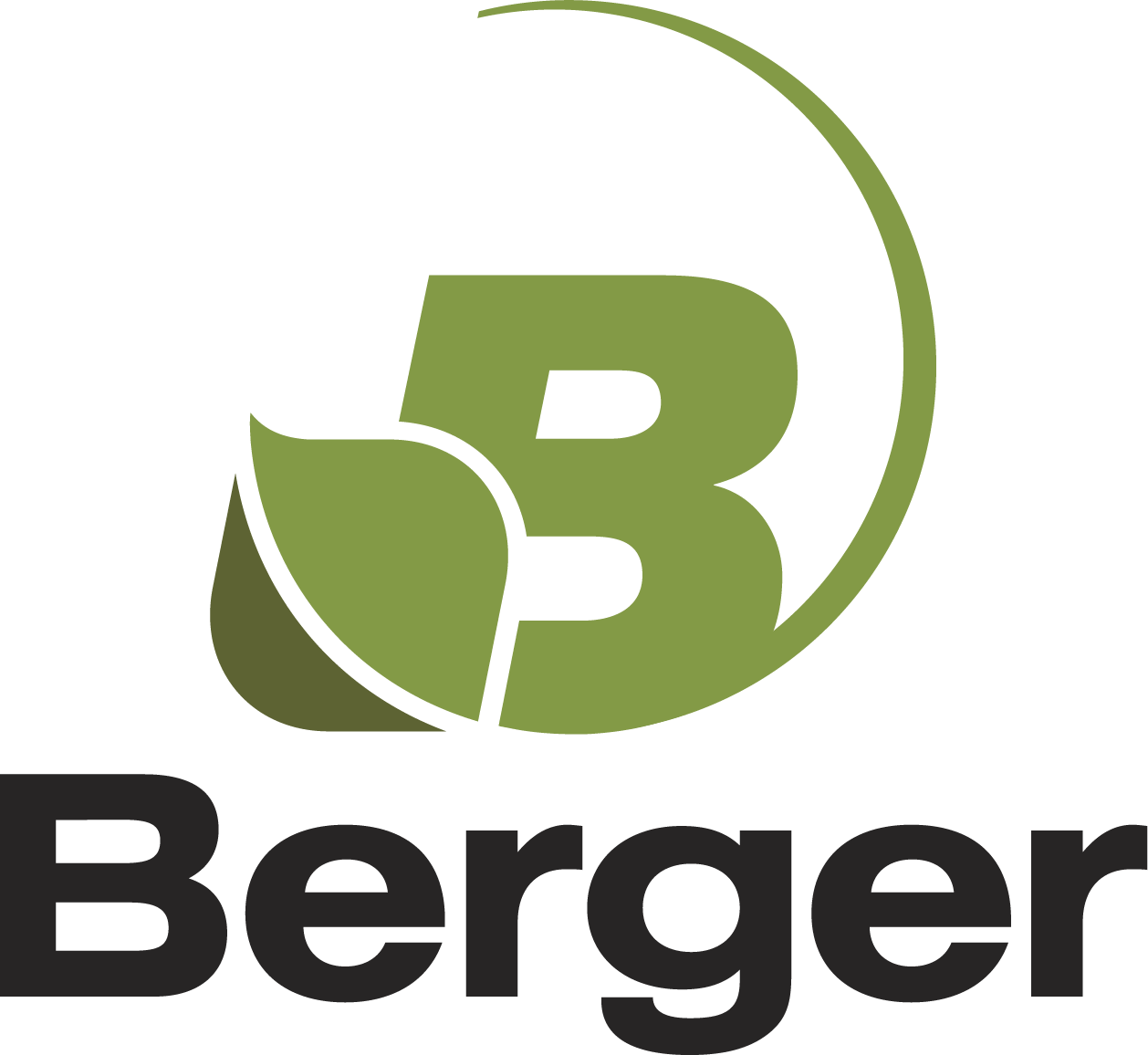Respect for the Environment
Berger attaches great importance to respect for the environment. We demonstrate that commitment in both our production methods and involvement in scientific research. Our integrated harvest and restoration plan enables us to optimize management of our peat resources, and at the same time, helps us coordinate that work with many scientific studies on water quality, wildlife monitoring and wildlife management.
Managing Peat Bogs Responsibly
Peatlands are natural environments resulting from the decomposition of vegetation, mostly sphagnum moss over thousands of years. As wetlands, they are home to unique plants and wildlife.
As soon as harvesting is completed in a given area, Berger takes the necessary steps to restore this area back to a peat accumulating ecosystem.
Using a world renowned restoration technic, Berger is able to bring back the initial functions of the ecosystem, including its carbon absorption ability. Berger relies on a team of experts with in-depth technical and scientific knowledge to perform restoration and rehabilitation work. Our operators use a specialized geographic information system to plan the harvest and long-term restoration initiatives so that the peat bog is never opened all at once. I
nstead, areas being closed are quickly integrated with those being opened, as this makes it possible for living vegetation to be used as donor material for restoration purposes.
Over the past 30 years and more, Berger has been involved in various scientific projects related to peatland ecology and restoration. Thanks to the knowledge gained from these studies and the use of high-performance technologies, peat bog lifecycles can be tracked to ensure that this resource is managed in a sound and responsible manner.
Recycling of waste materials
In addition to our efforts to manage peat bogs responsibly, Berger works actively to reduce its environmental impact at every operational phase.
Berger is continually seeking solutions to minimize its waste, including packaging waste. In the early 1990s, the company created the first Skyscraper. This innovative compacted bulk format reduces the amount of plastic used by up to 30%. Some of our plants also offer direct delivery of bulk products to the customer, representing a savings of 500,000 pounds of plastic annually.
Waste Management
Water is life
Release of water from harvesting sites is closely controlled at all times to limit the impact on the natural environment surrounding our peatlands.
Environmental Impact Monitoring
Reducing greenhouse gases
To reduce our contribution to greenhouse gas emissions, Berger has implemented many initiatives. Two excellent examples are the installation of heat exchange system and the construction of our eighth plant in order to reduce the distance that materials have to be transported between the harvest sites and the processing sites. These and other improvements are quantified using emission-assessment tools developed by Berger.
